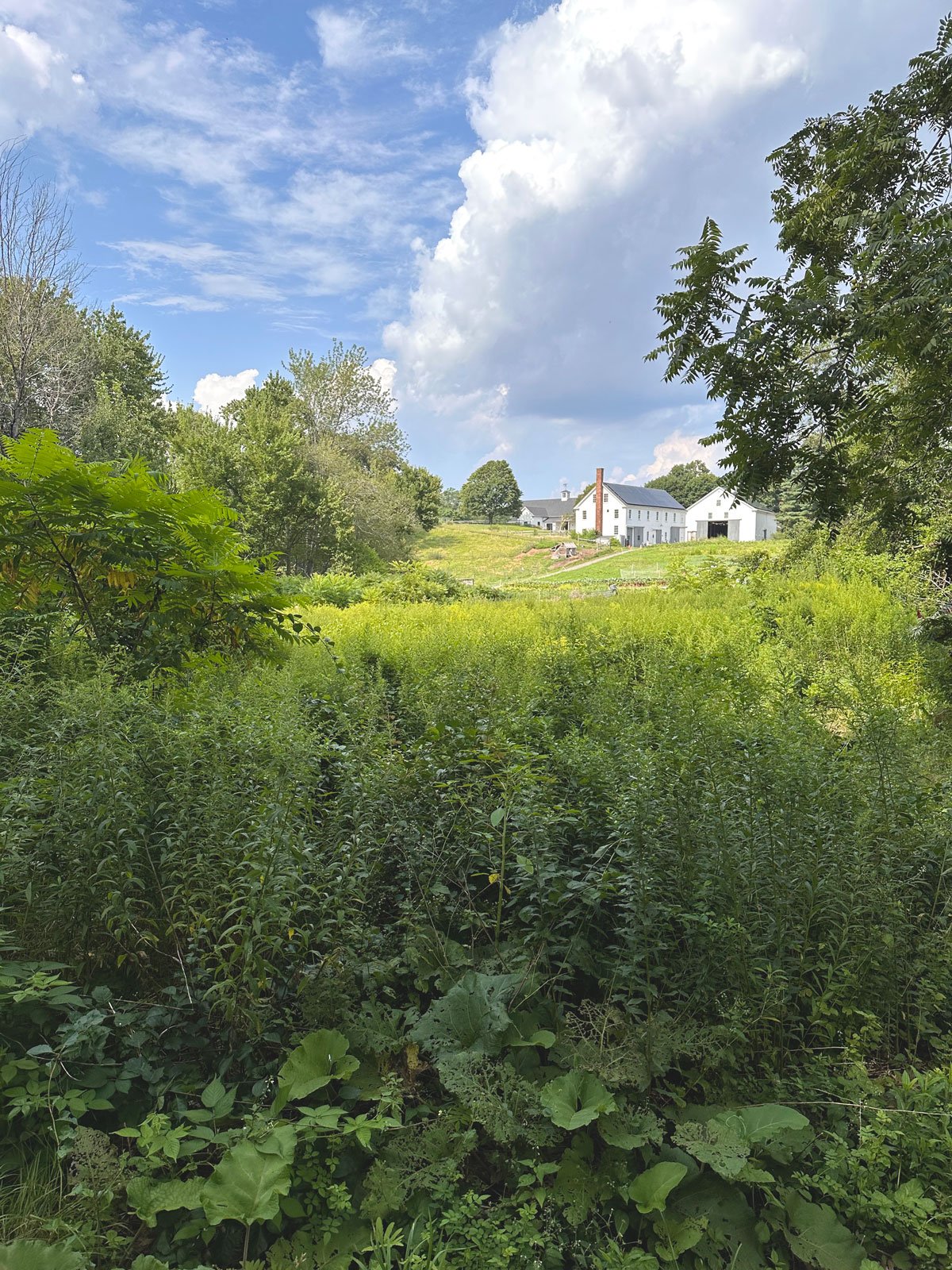Update: planting postponed to September 21st (rain date Sept. 22nd) as the site is too wet to prep. The Farm Pond is still way over its banks (and across the road) making deliveries including plants(!) impossible. Donations still welcome of course!
May 4, 2024 September 21, 2024
Help reforest the earth AND sustain biodiversity in New England by joining me on May 4 (three weeks from today!) along with Wright Locke Farm neighbors to plant 1200 plants and 39 native species (16 trees/23 shrubs) in the second Miyawaki forest in the Greater Boston area.
Links to more information below plus some additional resources on reforestation:
Winchester Fast Forest Background & Information
Sign-up sheet (I’ll be there) [rain date May 5, 2024]
Donation page (as of this writing, we've raised 80% of the $18,500 goal)
40-minute video from Prassede Calabi’s excellent talk on February 27 giving an overview of the project as well as background on Miyawaki forests.
A few favorite notes from Prassede’s Talk in February
Wright-Locke Farm in Winchester
For anyone interested, I encourage you to watch this engaging talk. I felt so lucky to be there in person. It was one of my first introductions to Miyawaki forests and so I took LOTS of notes. Here are a few snippets, hopefully correctly written:
We’ve lost 1/3 of our forests in the last few decades - think of them like the earth’s LUNGS
Soil is a critical part of our food pyramid and has unique qualities based on location; for example, caterpillars are picky eaters! They only like native plants.
Think of a Miyawaki forest as 51% forest, and 49% community (and one can be made in as small a space as 5 parking spaces).
My favorite quote:
“Nature is not a collection of species, it is a web of INTERACTING species.”
Lastly, three other resources I’ve enjoyed reviewing:
“Tiny Forests With Big Benefits” from 8/24/23 New York Times highlighting the Miyawaki forest installed in neighboring Cambridge, MA. My favorite Miyawaki quote from this article is the closing quote below. I shared this brief summary of the article in a quick LinkedIn post last summer:
The tiny forest lives atop an old landfill in the city of Cambridge, Mass. Though it is still a baby, it’s already acting quite a bit older than its actual age, which is just shy of 2. Thanks to Japanese botanist and plant ecologist Akira Miyawaki for developing a method of creating fast-growing native forests after observing according to the NYT, “that thickets of indigenous trees around Japan’s temples and shrines were healthier and more resilient than those in single-crop plantations or forests grown in the aftermath of logging. He wanted to protect old-growth forests and encourage the planting of native species, arguing that they provided vital resilience amid climate change, while also reconnecting people with nature.”
“Successful Reforestation Is Keeping the Eastern U.S. Cooler” from 3/13/24 Scientific American.
A critique of Miyawaki forests that tells I read as "the devil is in the details.”
“The forest is the root of all life; it is the womb that revives our biological instincts, that deepens our intelligence and increases our sensitivity as human beings.”



